Tyler — Lead Product Designer based in Oakland, CA
Fitbit Programs
Fitbit Programs are one- to two-week guided experiences designed to help you improve specific parts of your health, like sleep or nutrition. In September 2019 I partnered with Rebecca Plotnick, another designer on my team, to revisit the Programs experience. To maximize our efficiency, we focused on the onboarding flows of these programs.
Using a combination of Fitbit data and our own user research, we worked on improving the overall Programs experience together, then split up the individual programs. I revisited Habits for Restful Sleep, a program designed to help you improve the quality of your sleep.
RoleProduct Design, UX/UI Design ForFitbit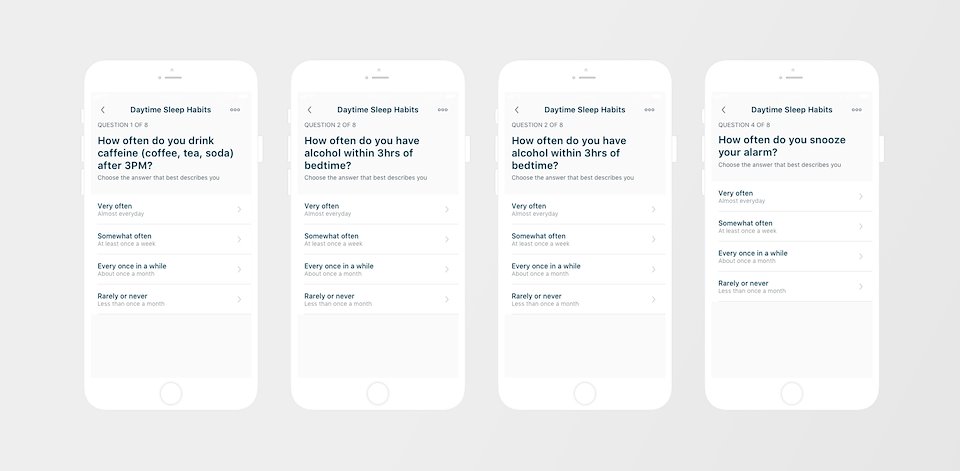
The Program started with eight questions about a user's behavior before bed.

We then provided them with a list of habits that could be affecting their sleep quality if there were any.
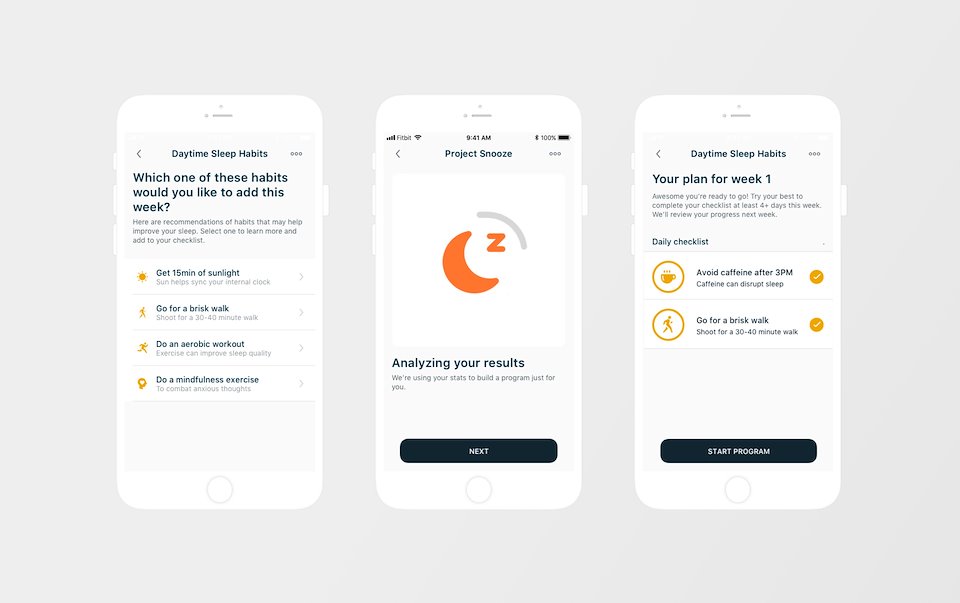
Users picked a bad habit to do less of, a good practice to do more off, then every day we asked them if they did what we asked.
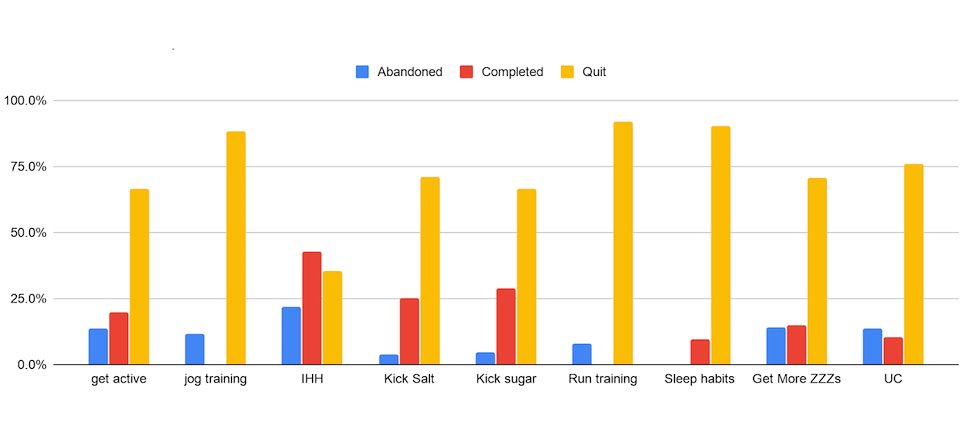
Fitbit initially launched nine programs, including this one, and overall they weren't doing well.
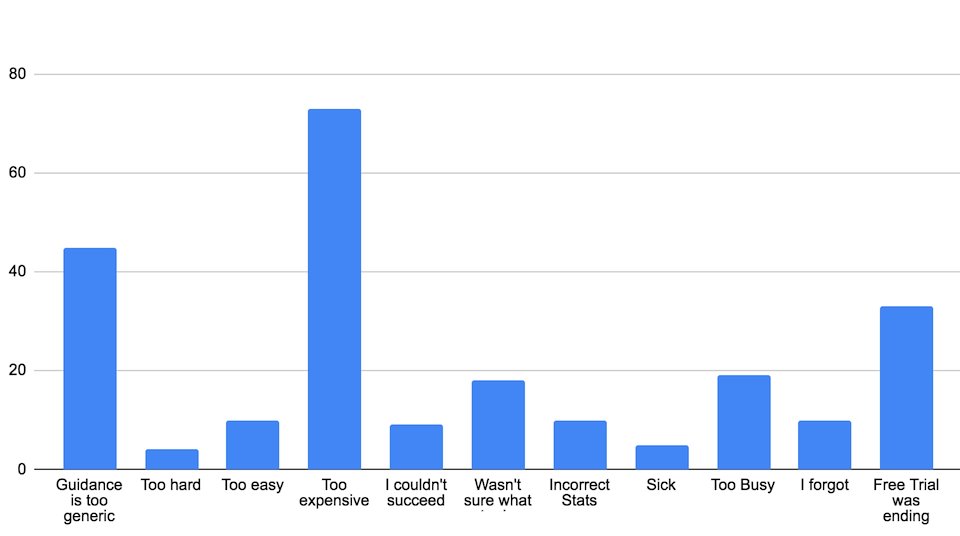
After receiving quantitative data, Rebecca and I surveyed ~3000 users who had quit or abandoned a program to figure out what they liked and didn't like about their experiences. It became clear that users felt the Programs' experiences felt too basic and generic to be worth the money.
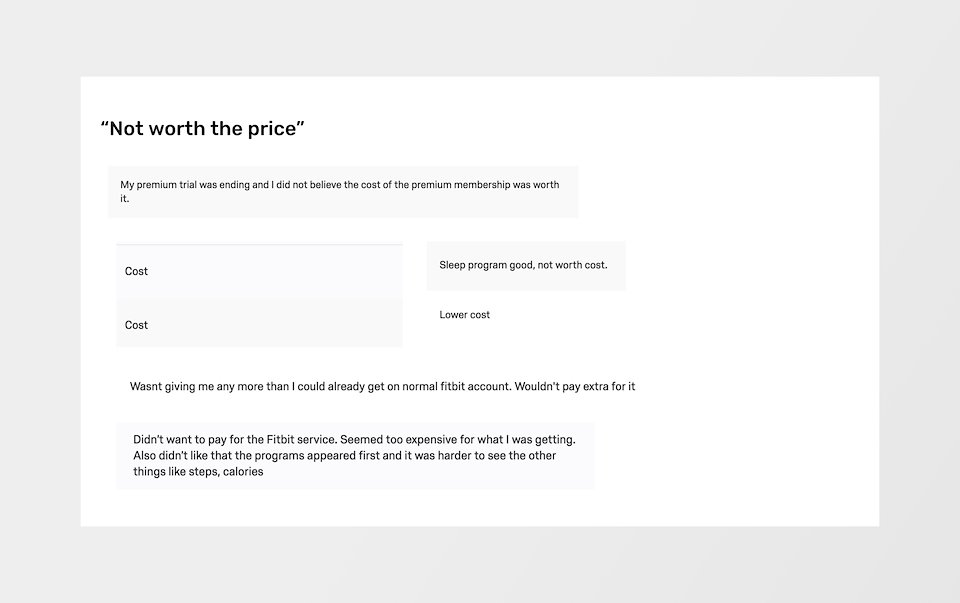
Here are some call outs of what users said about Programs


I worked closely with our in-house sleep experts to improve this Program. The scientific community's advice on improving sleep hasn't changed much in the last ten years, so my part of my focus for this Program was making our recommendations feel more actionable and more specific to the user.
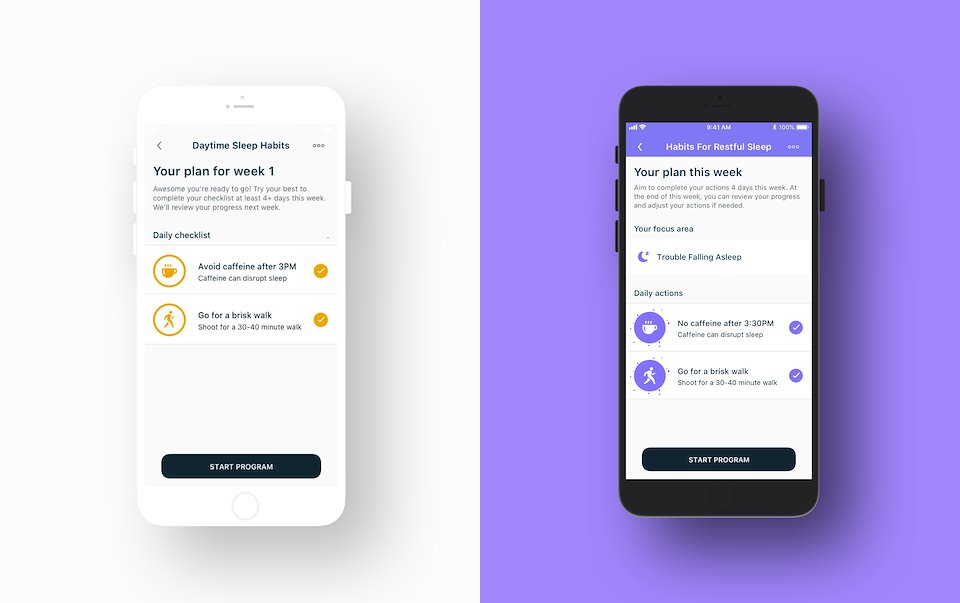
We wanted to add some visual appeal to this Program, thinking that a better-looking program would perform better. I worked with the Programs Platform team to expand the flexibility of our components, added more color and imagery to the Program, and brought the Program into the sleep color palette.

To better connect the user to our advice, I had users self-identify their sleep problems from a list provided by our sleep experts. The Program would then present the most relevant recommendations to a user's specific problem.
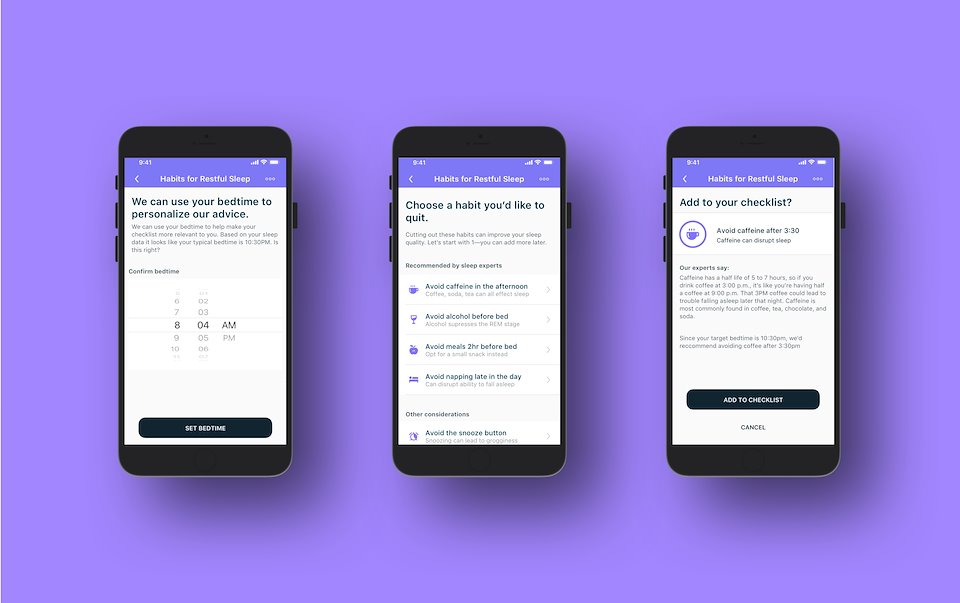
Previously, this Program's advice assumed a bedtime of 10:00 PM. To make our recommendations and reminders more actionable, I asked users to confirm their bedtime, then adjusted the timing of our advice based on this bedtime.

The day pages for this Program were mostly unchanged outside of adjustments related to the onboarding updates, but did they received a visual pass.

Here are the (mostly) complete onboarding flows for the New and Old versions of the Habits for Restful Sleep Program.
Fitbit – Sync Banner Next
HOFr